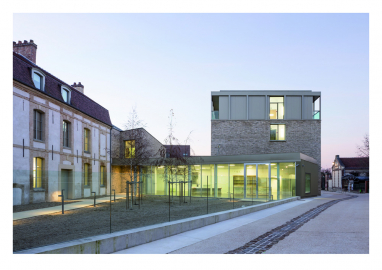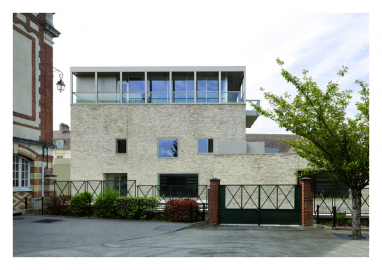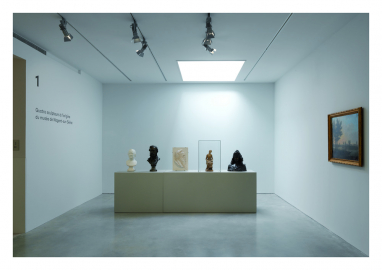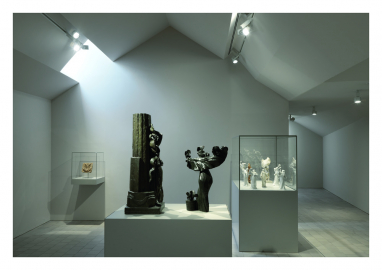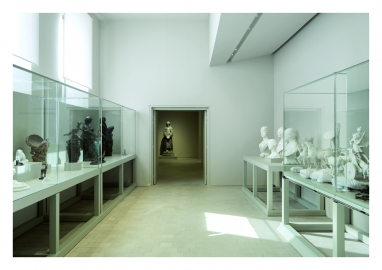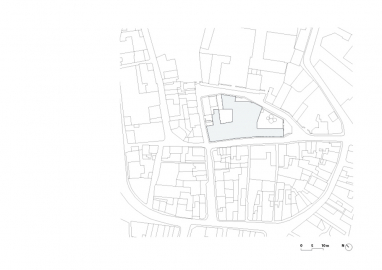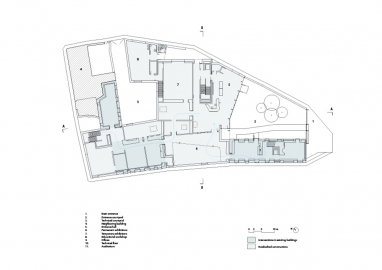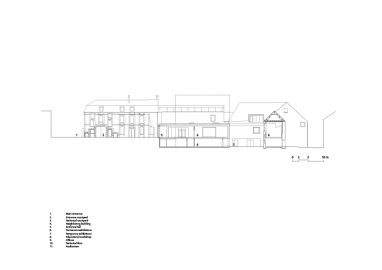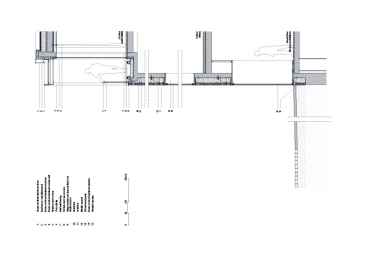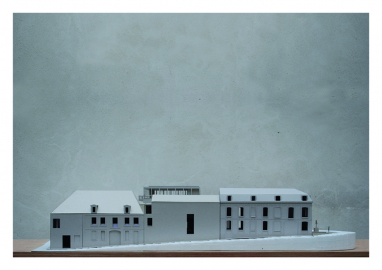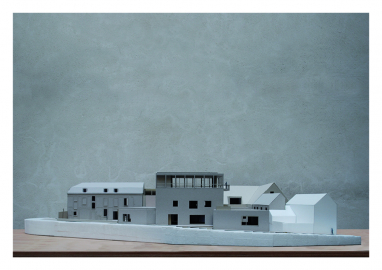Camille Claudel Museum
Restructuration and extension of the Camille Claudel Museum in Nogent-sur-Seine.
A MUSEUM FOR AN ARTIST :
The main objective of the building is to exhibit the work of the artist Camille Claudel, whose museum gathers the highest number of works. The museum is built on an urban block, in Nogent-sur-Seine inner city.
The program mainly consists of an entrance hall, permanent and temporary exhibition rooms, an auditorium, an educational workshop and museum reserves.
A CITY BLOCK FOR A MUSEUM :
The museum is located in the historic heart of the city of Nogent-sur-Seine. Building a museum in such a place requires giving an answer to the question of the relationship between existing and created forms.
The museum is an interactive object that connects, through its internal circuit, to the streets bordering it. A physical dialogue between the city and the interior of the block allows a direct visual communication with the museum’s activities. The building takes advantage of this unique situation, in order to "speak" to the city, to which it contributes. This bias allows combining the memory of the place with the new museum function of this urban complex. In addition, it brings the inhabitants closer to the cultural heritage, and art more generally. The museum is arranged into several volumes conceived as autonomous entities linked together. From an architectural point of view, if the volumetric language of the museum is then that of the houses surrounding it, the building is also in dialogue with the distant environment. It is a signal, like the church, the big mills or the power station overlooking the city.
A MATERIAL FILLED WITH MEANING :
Our project uses the vocabulary of Nogent-sur-Seine. The brick is the main material of the museum, terracotta being a common element of Nogent-sur-Seine landcape, historically inscribed in the culture of this region, where it is used in a parsimonious and decorative way.
The walls are composed of an outer skin made of brick, an air void, outer insulation, and an interior concrete wall, forming a whole with high mass inertia. We favored the use of simple principles, limiting the use of complex and expensive technologies.
By proposing a construction in mono-material, we refer to the fact of symbolically signifying the public function of this building. On the other hand, this subject is also related to the figure of Camille Claudel. Indeed, the "manner" of the sculptor who transforms earth, plaster, stone with her hands, led us to use a handcrafted brick, referring to "the hand method", thus conceptually paying tribute to the artist.

